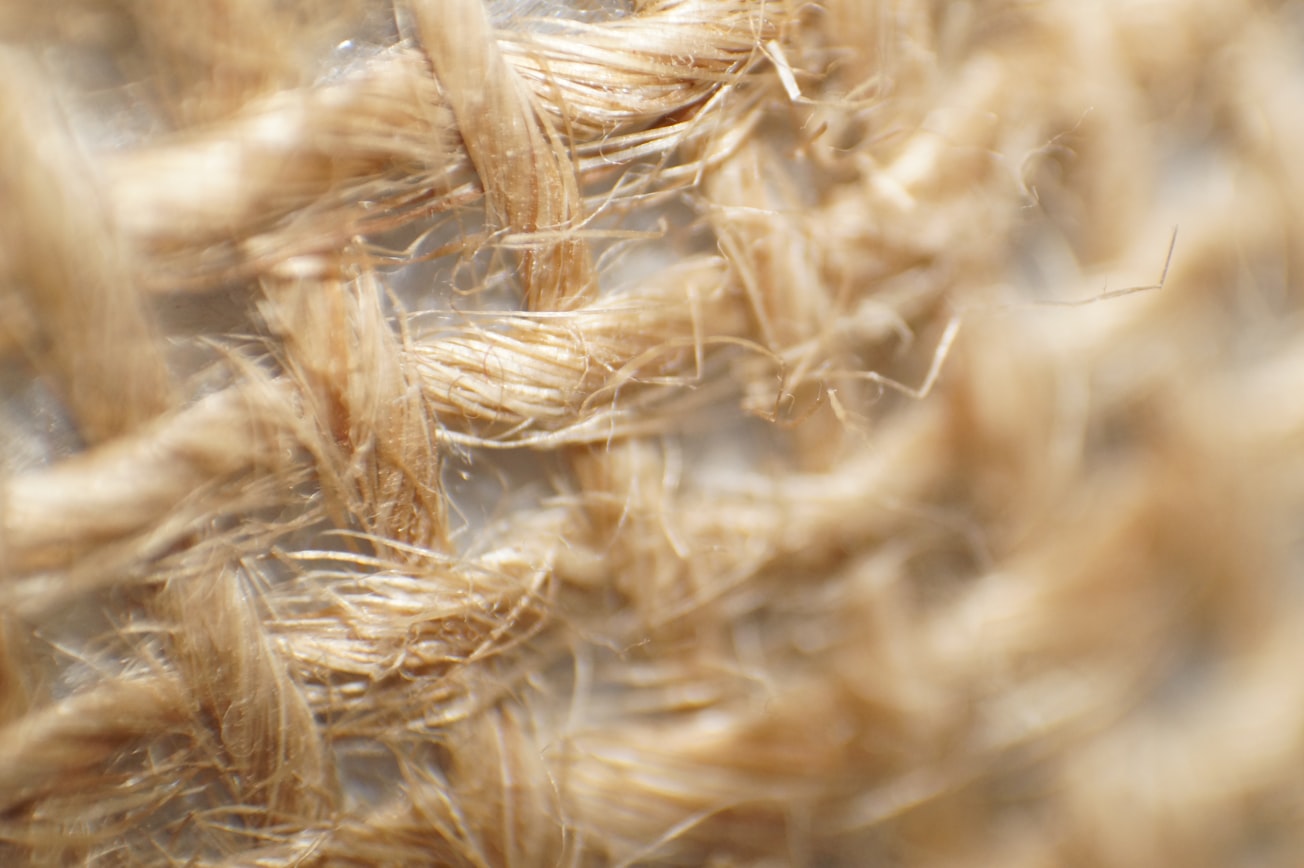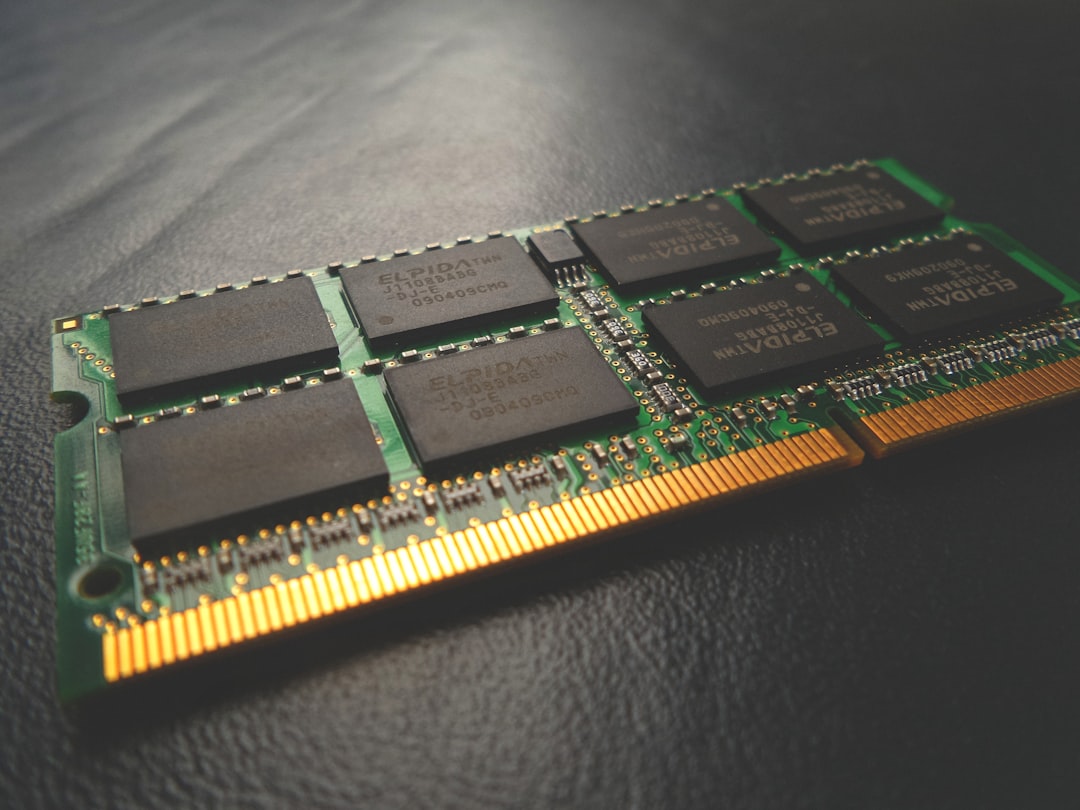What is it about?
Three types of composites are prepared by the melt mixing of ethylene–propylene copolymer (EPC) with (i) 3% NaOH-treated jute fiber, (ii) 17.5% NaOH-treated jute fiber, and (iii) commercial microcrystalline cellulose powder using maleated EPC as compatibilizer. The composites obtained are characterized by FTIR and microscopic measurements. Their mechanical properties are measured using a UTM (Instron model 4204). The durability of the composites is evaluated in an irradiation chamber with UV radiation of wavelength 290nm and composting conditions at different time intervals.
Featured Image

Photo by ANIRUDH on Unsplash
Why is it important?
The interest on plant based fibres for advanced composite materials is increasing.
Perspectives
The composites made from microcrystalline cellulose show superior mechanical properties, biodisintegrability, as well as photoresistance whereas the specimen containing 3% NaOH-treated fiber exhibited the lowest photoresistance. Increasing the quantity of maleated EP (MEP) in the composition decreases photostability. Neat EPC has been found to be highly stable than all the composites with increasing UV irradiation. It has been found that the composites are less durable under both abiotic and biotic conditions in comparison to the neat polymer.
Dr Pratheep K Annamalai
University of Queensland
Read the Original
This page is a summary of: Durability of Natural Fiber-reinforced Composites of Ethylene-Propylene Copolymer under Accelerated Weathering and Composting Conditions, Journal of Thermoplastic Composite Materials, November 2005, SAGE Publications,
DOI: 10.1177/0892705705054411.
You can read the full text:
Resources
Contributors
The following have contributed to this page










